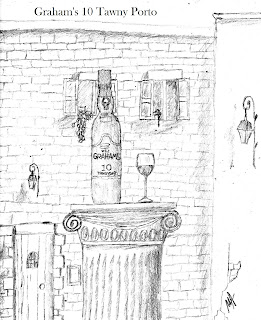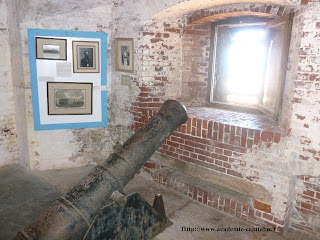If you are looking for a sweet wine that is so smooth it
feels like silk on your taste buds and satin sheets on your bed you might want
to sip a glass of Graham’s 10 Tawny Porto. At an affordable price of $23, it
provides a great taste and the feel of luxury without having to pay heavy for
it. The wine pours a smooth golden brown color when held to the light. The
taste is nutty and dry with high alcohol content. It does not take much to put a smile on your
face.
Graham’s 10 is a 10-year old brandy fortified wine was
stored in oak casts on the Douro River in Portugal. If it were designated as a
20, 30, or 40 it would mean the wine has been seasoned for a corresponding
amount of years. The longer the port
wine has been stored the smoother the taste and higher the quality. Of course quality doesn’t come free and one
should expect the price to rise as well.
Tawny Port wine is often severed as a dessert wine after a
meal. It is sweet, dry, and full of flavor. Such wines have higher alcohol
content and can be quiet powerful in their spirit allocations. Generally, such
wines are expensive due to the amount of years they have been kept in storage.
This cellar time raises both its value and its taste. The wine may equally be used as a toasting
and sipping wine for long drawn out conversations.
W & J Graham’s was formed in the 1820’s from two
Scottish families in Portugal. Since that time, the family vineyards have grown
in both stature and quality. The Graham family had other interests in England
and India making their empire wide and powerful. The families were seen as one
of the “merchant princes of Great Britain”. Today the company maintains an
important historical connection to the past.
A trading conflict between England and France further pushed
the development of Portuguese wine. Accordingly, in 1667 Louis XIV of France
banned products from England. Not to be outdone the English retaliated by
banning wines from France. The merchants from Portugal were so busy they ran
short of supply and started to water down their products.
Wine traveling such large distances needed to be fortified
to maintain its taste. Merchants began to add a little brandy to each bottle
just before shipping. Through this, they found that by fortifying their wines
during the fermentation process it made the wines taste both sweater and more
fresh. The process not only created long
bottles for storage like the ones you use today but also allowed for such wines
to be stored longer.
Blog Ranking: 4.6/5
Price: $24
http://www.grahams-port.com/








